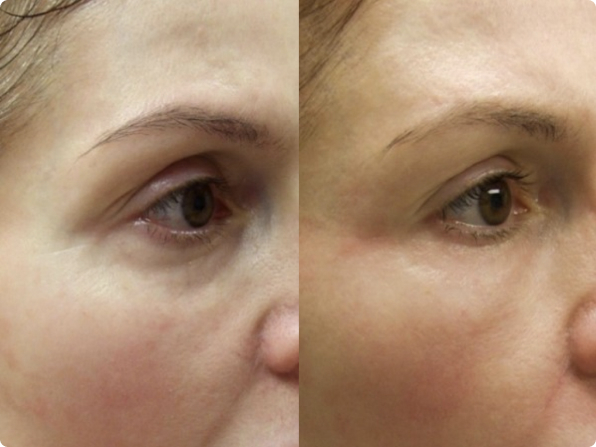Facial Fat Transfer
While too much fat is a common frustration, fat loss in the face can also negatively affect your appearance. Age often brings facial volume loss, which can be magnified by a decrease in collagen that leads to skin laxity and wrinkles. If you’ve noticed under-eye hollows, sunken cheeks, or thinning lips, a facial fat transfer is one of your most effective treatment options to restore volume.
What is a Facial Fat Transfer?
Fat transfer, also called autologous fat transplantation or micro-lipo injection, is used to restore lost volume or augment certain areas. This is done with the patient’s own (autologous) fat rather than synthetic or foreign materials, making it a safer and more natural enhancement option.
A facial fat transfer involves taking unwanted fat from the body and injecting it into the face for a softer, more youthful appearance. Fat grafting can be used in any area of the face needing volume restoration. It can also correct the aging of the hands and body areas with uneven contours resulting from surgery or trauma. Dr. Langdon offers other fat transfer procedures to enhance the body, including breast augmentation and butt augmentation.
The most common treatment areas for a facial fat transfer are:
Natural Eyelid Lift
For many people, the delicate skin around their eyes is the first to age and sag. Droopy eyelids, puffiness, and under-eye hollows lead many patients to seek blepharoplasty. Not everyone needs a traditional eyelid lift to correct these issues, however.
Dr. Langdon’s innovative natural eyelid lift is a fat grafting procedure that rejuvenates the eye area. Injecting small amounts of fat above and below the eyes can help smooth out wrinkles, restore volume, and fill tear troughs.

*Individual results may vary.
Facial Fat Transfer results.
Frequently Asked Questions
Take the next step.
To learn more about getting Facial Fat Transfer or to schedule your consultation with Board-Certified Cosmetic Surgeon Dr. Langdon, please fill out the form on this page or call The Langdon Center at (203) 453-8625. We look forward to working with you! The Langdon Center serves patients in the Guilford & New Haven, CT areas.




